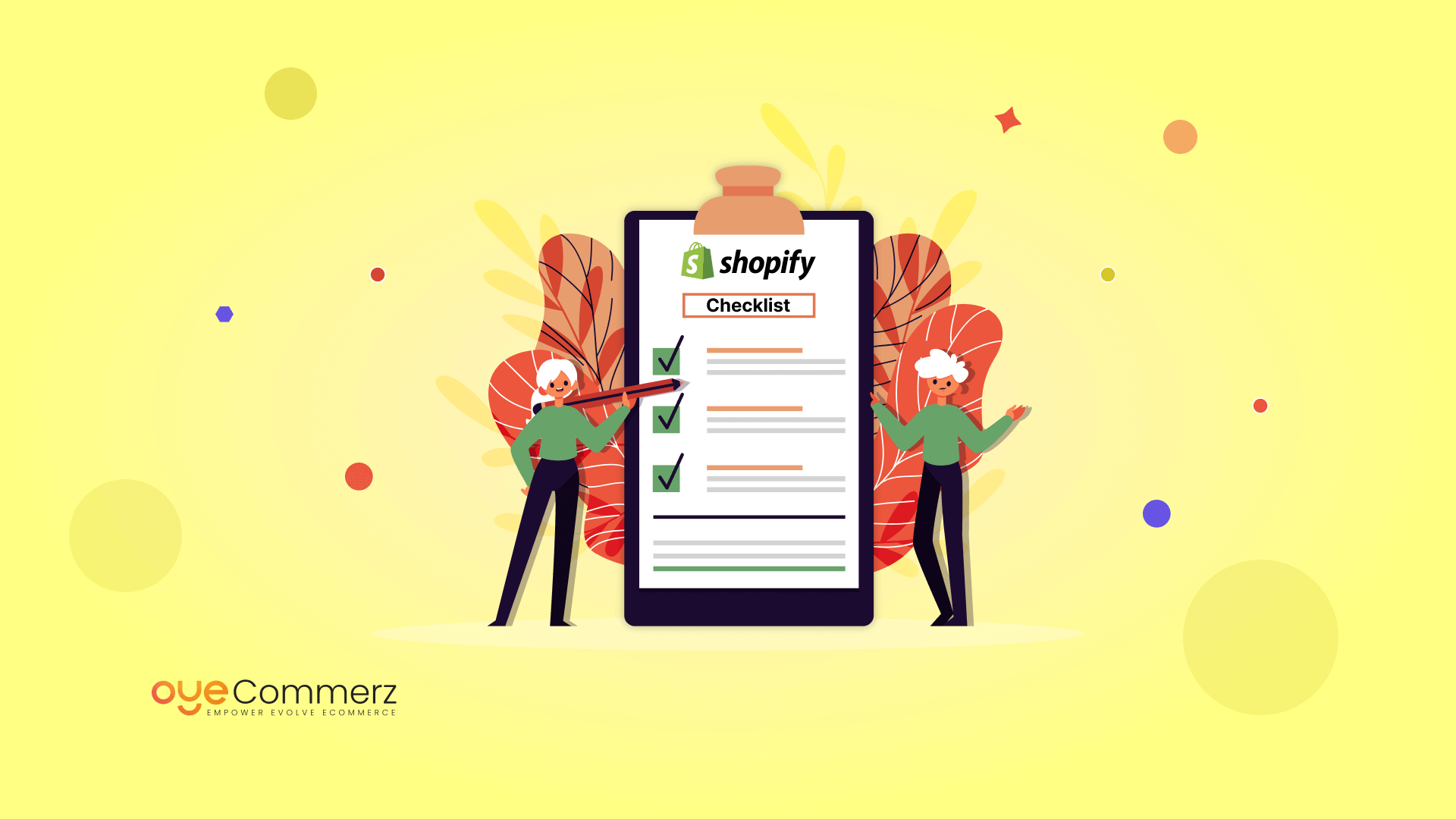Increase Revenue and Efficiency with Personalized Shopify Applications Created to Grow
Increase Revenue and Efficiency with Personalized Shopify Applications Created to Grow
Blog Article

Introduction
In the current highly competitive e-commerce market, Shopify merchants are always seeking methods to maximize profits and improve their business processes. A highly effective method is through tailored Shopify applications customized to meet unique requirements. Syncing with the Shopify API and using platforms like the Polaris design system, these solutions enable organizations to grow sustainably while enhancing customer engagement. In this blog, we’ll dive into key aspects of Shopify app-building, from design considerations and key components to effective methods for supporting and expanding app capabilities efficiently.
1. Understanding Shopify API Linkage
A solid understanding of Shopify’s API—including REST and Graph Query Language—is foundational for building high-performing Shopify applications. With these interfaces, developers can fetch, update, and handle details within a Shopify store. The Graph Query Language interface enables efficient data management, allowing for quicker responses by obtaining only the required elements. Integrating the API allows app creators to tailor app capabilities to the organization's particular requirements, ensuring a smooth UX that boosts store efficiency and revenue.
2. Employing the Shopify’s Polaris framework
Shopify’s design system enables app creators to build a consistent and easy-to-use interface across Shopify applications. Polaris offers a range of components and recommended practices that fit with Shopify’s design language, creating apps appear cohesive within the Shopify interface. This approach doesn’t just aids natural user interactions but also helps ensure visual identity, an essential aspect in building confidence with customers.
3. Building within the Shopify Application Network
The Shopify app ecosystem is extensive, enabling developers to build integrated Shopify applications that operate inside a business’s management system. Integrated applications simplify the user experience by integrating directly within Shopify’s dashboard, reducing the need for separate logins or further browsing. For programmers, leveraging Node.js for backend tasks and the React framework for the UI has grown into a preferred option, as these frameworks allow growth-ready, adaptive programs that deliver an high-quality interface.
4. Key Elements for Shopify Apps
A successful Shopify app must have functionalities that resolve important issues in the customer shopping experience. Automated notifications for immediate alerts, custom theme adjustment features, and cross-channel commerce features are essential aspects that can improve operational control and user interactions. By integrating these functions, Shopify applications go beyond streamline internal operations but also improve the overall customer experience.
5. Best Practices for App Development
When developing Shopify applications, it’s crucial to adhere to standard guidelines. Support plans such as regular updates, customer support, and security patches are critical for building consumer confidence. Online visibility strategies for Shopify apps can also be used to boost app visibility and adoption. User retention strategies, like push notifications and loyalty programs, are essential for retaining users and building a devoted audience.
6. Expanding Shopify Applications for Future Demand
As Shopify businesses scale, scaling apps becomes critical to manage higher user loads and performance requirements. Leveraging serverless architecture and emphasizing efficient data handling through Graph Query Language can enable applications grow without lagging. It’s equally important to have a roadmap for scaling the app’s backend systems to manage expansion, including a list for choosing a development partner with expertise in Shopify applications.
7. Understanding the Investment of Developing Shopify Apps
Building tailored Shopify apps can range broadly in price depending on the functions, linkages, and personalization necessary. Key elements like data connections, client-facing features, and online reach options can add to the investment. However, the return on investment (ROI) is often worthwhile, as these applications can directly enhance revenue and simplify store operations.
8. Upkeep Approaches
Sustaining application performance is as important as initially building it. Frequent patches to address issues, enhance protection, and ensure compatibility with the current Shopify framework are essential. Forward-thinking upkeep methods also include client help maintenance tips for Shopify applications and feature enhancements that align with the digital retail landscape.
9. Tools for Building Shopify Applications
Shopify supplies various tools to simplify the app-building journey, from app development frameworks like JavaScript runtime and React to automated notifications for real-time updates. Tools like Shopify’s CLI simplify the app creation path, while Shopify App Bridge allows internal apps to interact seamlessly with Shopify’s control Shopify app development panel. These options are invaluable for building applications that are both operational and easy to use.
10. Future Trends in Shopify Application Building
The outlook of Shopify application building is promising, with new directions pointing towards AI-powered features, expanded multi-platform integration, and improved app extension options. As online shopping continues to evolve, developers will have to keep up with new directions to develop solutions that don’t just fulfill but surpass market demands.
Conclusion
Custom Shopify apps give a effective method for digital retailers to grow effectively, increase revenue, and enhance workflows. From connecting with data interfaces and the design standards to core elements and support methods, each aspect of Shopify application building plays a crucial role in ensuring a smooth experience for shoppers. As Shopify continues to innovate, keeping up with upcoming innovations in software building will allow organizations maximize Shopify’s powerful ecosystem, reinforcing their place in the e-commerce market.
Report this page